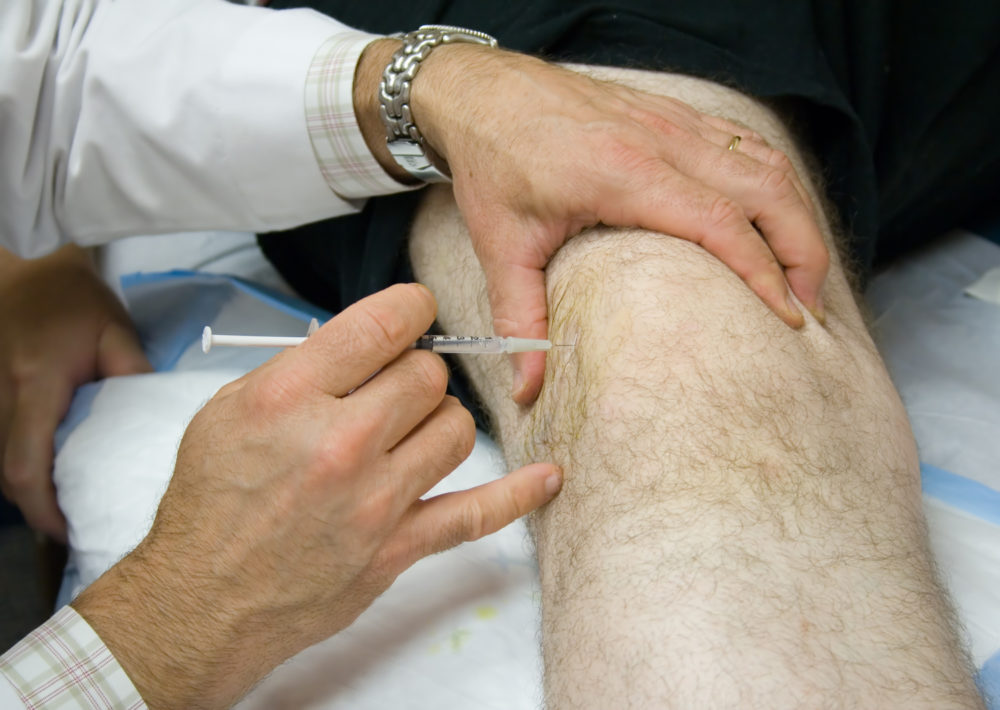
A Brief Overview of Iron Injections
A balanced diet fulfills our body’s requirements of various nutrients, such as protein and vitamins, and minerals, such as iron and calcium. However, due to lesser quantities of iron in the body, people can suffer from an iron deficiency. They would then require extra iron in the form of iron supplements and so on to meet the required limits. Extra iron can be taken in the form of tablets or sometimes even as iron injections. In the following, a brief overview of iron deficiency has been given and how iron injections can be beneficial to increase the quantity of iron in the body.
What is iron deficiency?
- An adequate amount of iron in our body is important, as it helps produce two proteins (hemoglobin and myoglobin) that carry oxygen in the blood. When there is not enough iron in the body, the condition is termed as iron deficiency anemia.
- The condition is common; menstruating women, babies, toddlers, pregnant and lactating women, teenage girls, and female athletes are high-risk groups of developing this condition.
- Causes of iron deficiency include inadequate dietary intake, blood loss, increased need, exercise, and the inability to absorb iron.
- Signs and symptoms of iron deficiency include shortness of breath, unusual tiredness, paleness, heart palpitations, headaches and dizziness, swelling and soreness in tongue and mouth, restless legs, and dry and damaged hair and skin. Anxiety, brittle nails, strange cravings, cold hands and feet, and frequent infections are the other possible signs.
When would you require iron injections?
Low iron levels in the body are usually treated with iron tablets or liquids. However, you would require iron injections if:
- You are unable to take iron tablets or liquid due to some reasons
- You are unable to absorb iron through your gut
- You have lost a lot of blood due to surgery or injury
- You have a chronic kidney disease
- You require a rapid increase of iron in the body to prevent complications
How are iron injections administered?
- Iron injections given as a slow drip into the vein is known as intravenous iron infusion. A needle is placed on the back of your hand or arm and the iron infusion takes at least 15 minutes to go into your bloodstream.
- Iron injections are also administered directly into the muscles, which are known as intramuscular injections. They are not used often as they are quite painful.
- The iron dose differs from a person to another, as a doctor will calculate how much iron you would require for getting your iron levels back to normal.
What are the possible side effects of iron injections?
Like any other medicine, iron injections also can have possible side effects. Following are some of them, along with the tips you can follow to manage and get rid of such side effects.
- Change in food taste – This side effect is temporary and goes away on its own. However, you can avoid foods that taste bad during this phase. For example, you can stick to a vegetarian diet if any of the non-vegetarian food is causing a bad taste in the mouth.
- Headaches/nausea/vomiting – You can consult your physician for managing these side effects.
- Feeling dizzy or faint – This is a quite common side effect of an iron injection.
- Allergic reactions – Those with allergies like asthma, eczema, or rheumatoid arthritis are prone to developing allergic reactions during or after iron injections or infusion. This is why you are asked to wait for about half an hour after the infusion to make sure you are not experiencing any allergic reactions.
What are some precautions you must take before getting an iron injection?
- Discuss all your allergies and ongoing medical conditions with your physician beforehand.
- Tell your doctor what other prescription and nonprescription medications, nutritional supplements, or herbal products you are taking.
- Do tell your doctor if you are planning to conceive, have conceived, or if you are breastfeeding.


